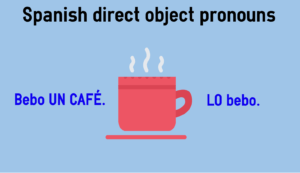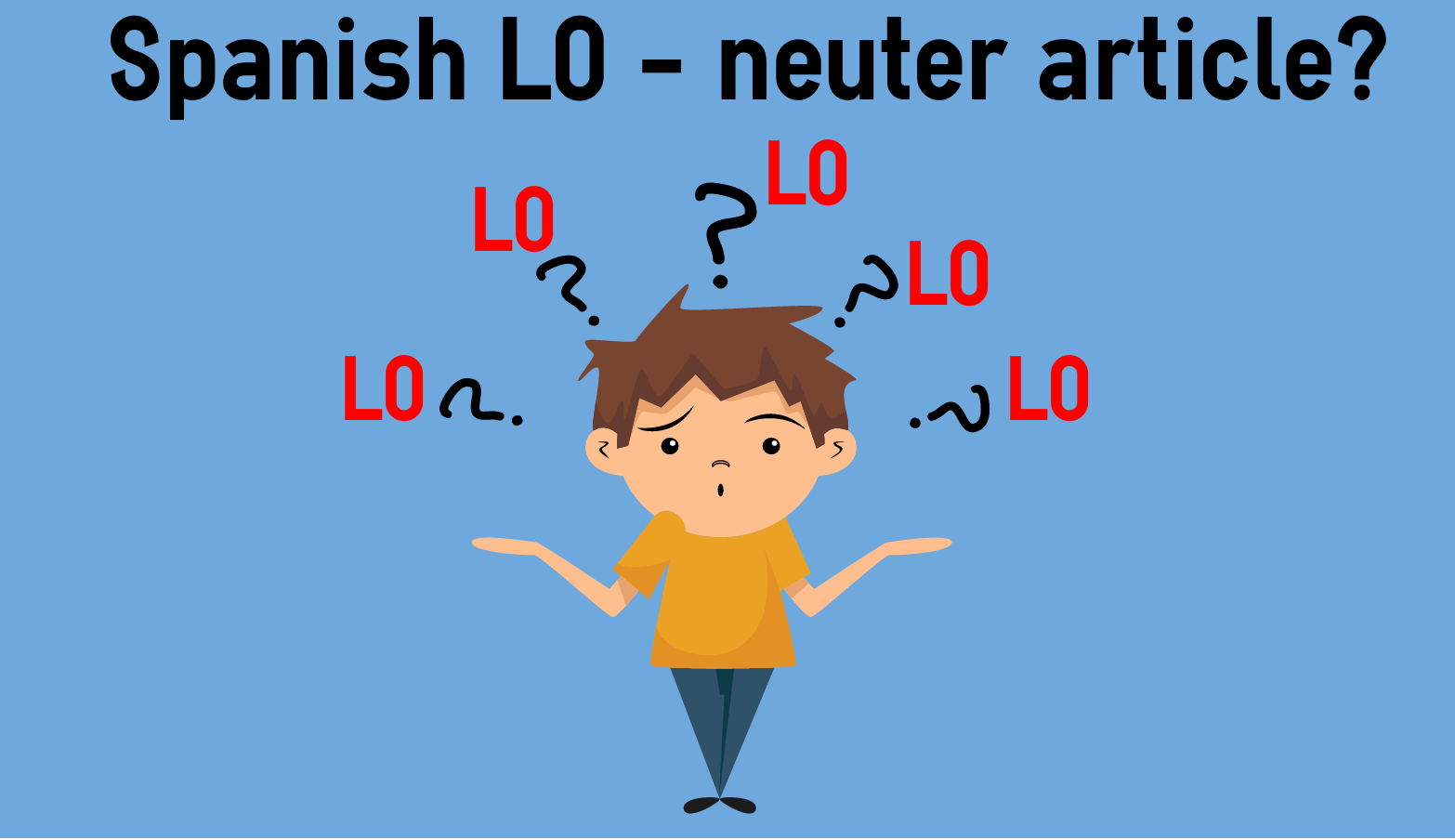Spanish double object pronouns
It is possible to have both a direct and an indirect object pronoun in the same sentence. These “double object pronouns” can’t be separated, and the indirect pronoun always precedes the direct pronoun.
Nos lo dice (He’s saying it to us)
Te lo enseño (I’m showing it to you)
Se lo llevo mañana (I take it to her/him tomorrow)
No se lo digas (Don’t tell them)
Double object pronouns usually precede the verb(s) they modify. They can get attached to the end in the case of infinitives, present participles, and affirmative commands.
Construction with the infinitive:
Tengo que llamarle esta tarde (I have to call him this afternoon)
Voy a buscarle un piso a mi hermana (I am going to fin a flat to my sister)
Construction with present particiles:
Estoy viéndolo ahora mismo (I am seeing it right now)
Llevo llamandola por teléfono toda la tarde (I have been phoning her the whole evening)
Affirmative commands:
Dámelo (give it to me)
Cuéntamelo (tell me)
Ábreselo (open it for her/him)
Double object pronoun replacements:
This is one of the most complicated situations than you can find. When a third person indirect object pronoun (le or les) precedes a third person direct object pronoun (lo, la, los, or las), the indirect pronoun must be changed to “se”. See the examples below:
(Le / Le) + (Lo / La / Los / Las) = Se lo / Se la / Se los / Se las
Se lo dice (He’s saying it to them)
Se lo explico (I’m explaing it to her/him)
Se los llevo mañana (I am bringing them tomorrow)
Se las han enviado por correo electrónico (They have sent them to you by e-mail)
We hope we helped with the Spanish pronouns. (Spanish info)
